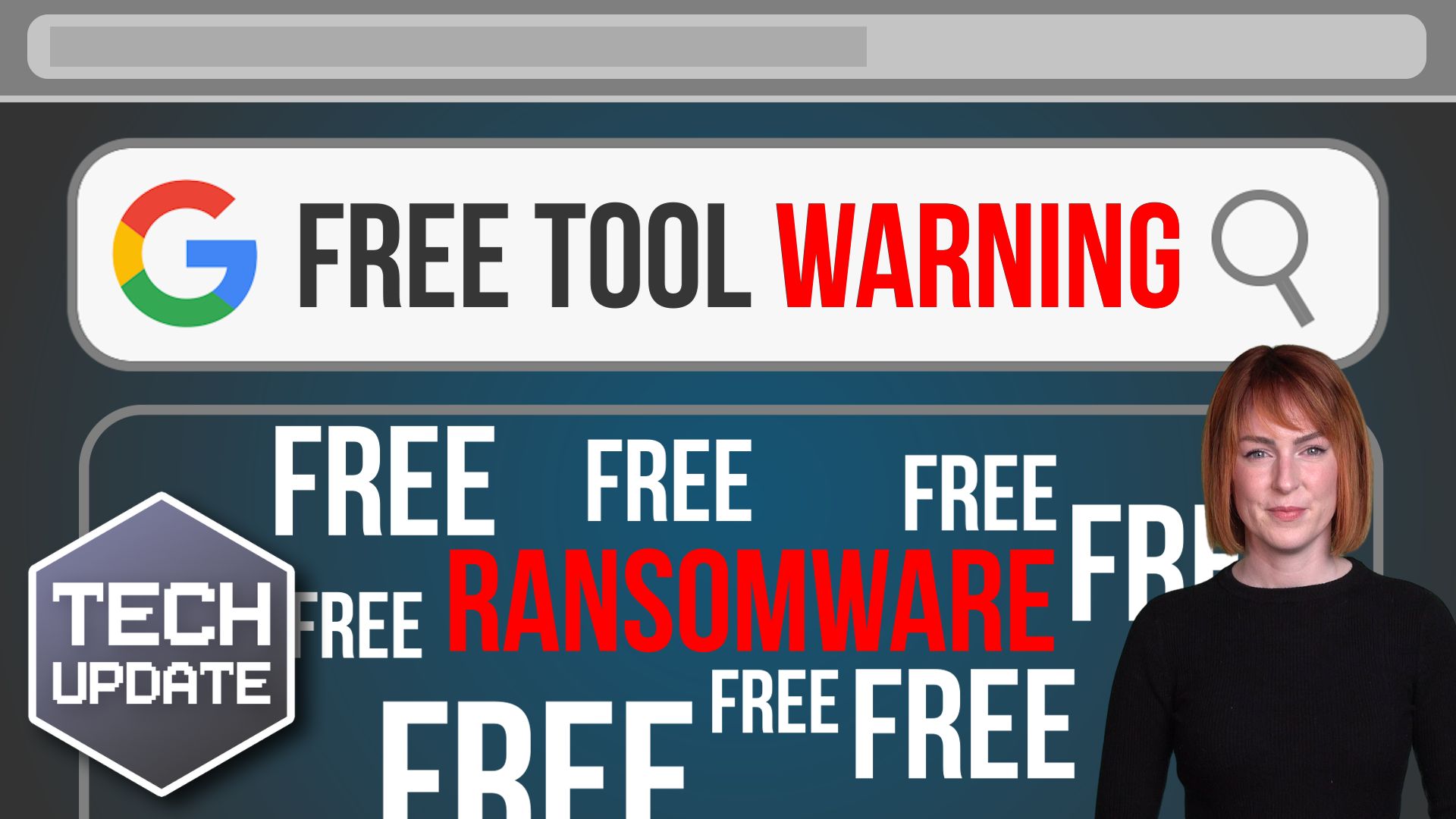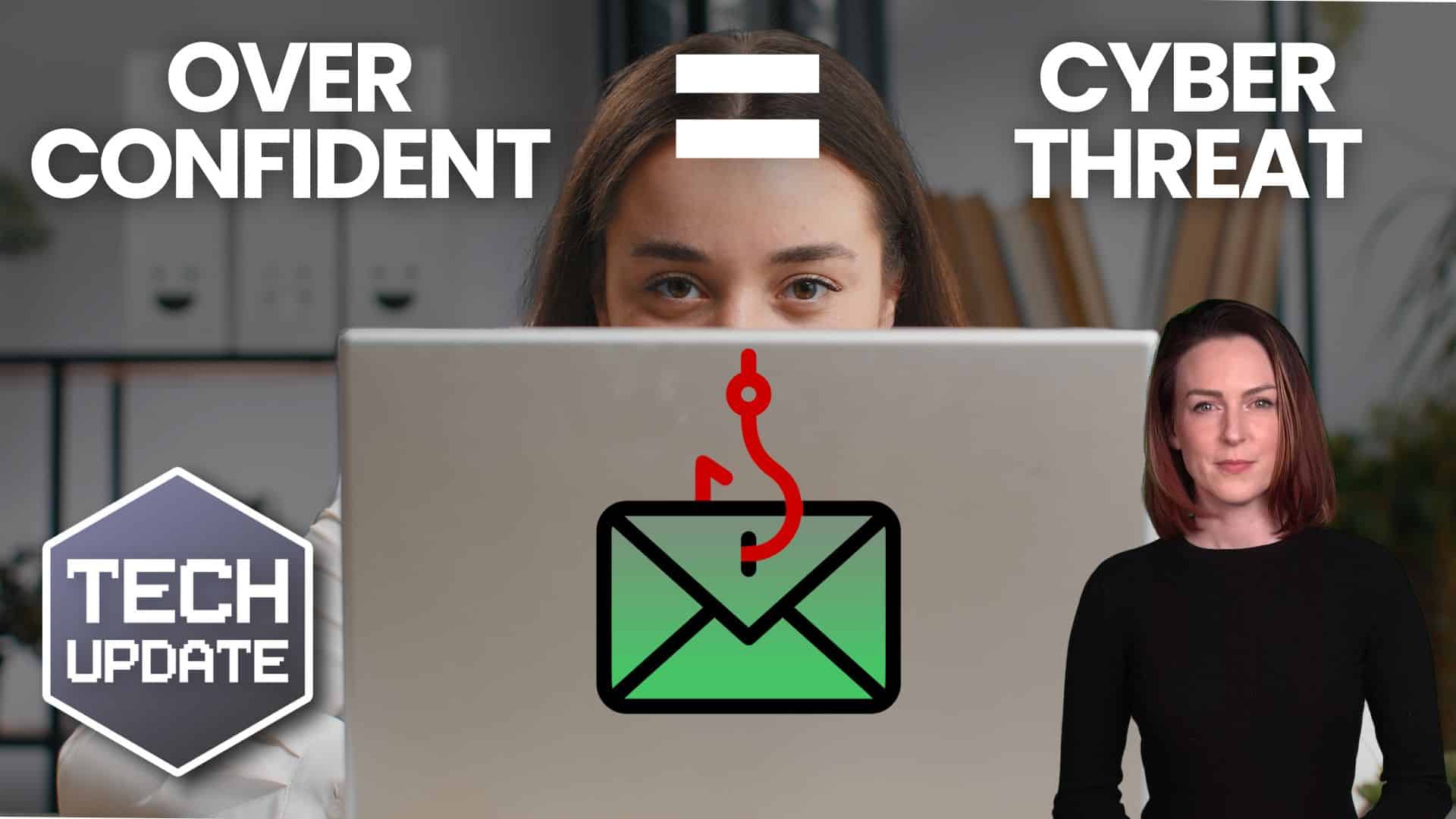Table Of Contents
In today’s cybersecurity landscape, Endpoint Detection and Response (EDR) software has become indispensable. EDR solutions provide robust threat detection and response capabilities, essential for safeguarding organisational data and infrastructure.
This guide delves into the implementation and optimisation of EDR software, offering practical insights to enhance your cybersecurity strategy.
The Rise of Endpoint Detection and Response
Top EDR solutions have revolutionised cybersecurity by enhancing threat detection and response capabilities. Traditional antivirus software often falls short in identifying sophisticated threats. EDR fills this gap by continuously monitoring endpoints, detecting anomalies, and providing real-time responses to potential threats.
The proactive nature of EDR allows organisations to identify and mitigate threats before they escalate. This is crucial in an era where cyberattacks are increasingly complex and frequent. EDR tools offer detailed visibility into endpoint activities, enabling security teams to quickly pinpoint and address vulnerabilities.
Moreover, EDR solutions integrate seamlessly with other security tools, creating a cohesive defence strategy. They provide actionable insights through advanced analytics, helping organisations understand the nature and scope of threats. This integration not only enhances security posture but also streamlines incident response processes.
In summary, EDR has become a game-changer used exclusively by cybersecurity service providers. Its ability to provide continuous monitoring, real-time threat detection, and integration with other security measures makes it an essential component of modern cybersecurity strategies.
Implementing Advanced Endpoint Protection
Implementing advanced endpoint detection and response security software requires a structured approach to ensure success. Start with a comprehensive assessment of your current security posture. Identify gaps and vulnerabilities that EDR can address. This initial step is crucial for tailoring the EDR solution to your organisation’s specific needs.
Next, select the right EDR solution. Consider factors such as scalability, integration capabilities, and ease of use. Evaluate different vendors and choose a solution that aligns with your security objectives and IT infrastructure. A well-chosen EDR tool will provide a solid foundation for your cybersecurity strategy.
Once you’ve selected an EDR solution, plan the deployment process. Develop a detailed implementation roadmap that includes timelines, resource allocation, and key milestones. Ensure that all stakeholders are informed and involved in the process. Clear communication and collaboration are essential for a smooth deployment.
After planning, proceed with the installation and configuration of the EDR software. Follow best practices and vendor guidelines to optimise the setup. Configure the software to monitor critical endpoints and set up alert thresholds. Proper configuration ensures that the EDR system functions effectively from the outset.
Optimising for Maximum Efficiency
To maximise the efficiency of your EDR software, fine-tuning is essential. Start by configuring alerts to minimise false positives. Excessive alerts can overwhelm your security team and lead to alert fatigue. Set thresholds that balance sensitivity and specificity, ensuring that only genuine threats trigger alerts.
Automation plays a crucial role in optimising endpoint detection and response performance. Automate routine tasks such as threat detection, initial analysis, and response actions. This not only speeds up incident response but also frees up your security team to focus on more complex threats. Use automation scripts and playbooks to streamline these processes.
Regularly update and patch your EDR software. Vendors frequently release updates that enhance functionality and address vulnerabilities.
Keeping your EDR system up-to-date ensures it remains effective against evolving threats. Schedule regular maintenance checks to apply updates and verify system integrity.
Additionally, leverage advanced analytics and machine learning features. These tools can identify patterns and predict potential threats, providing a proactive defense mechanism. Analyse historical data to refine your EDR settings and improve threat detection accuracy.
Overcoming Common Challenges
Implementing EDR software comes with its own set of challenges. One common issue is the high volume of alerts, which can overwhelm security teams. To address this, fine-tune alert settings to reduce false positives. Implementing machine learning algorithms can also help in distinguishing between benign and malicious activities.
Another challenge is the integration of EDR with existing security infrastructure. Compatibility issues can arise, leading to gaps in coverage. Ensure that your EDR solution is compatible with your current systems. Conduct thorough testing during the implementation phase to identify and resolve any integration issues early on.
Resource constraints can also hinder effective EDR deployment. Smaller organisations may lack the necessary expertise or budget to manage EDR systems efficiently. Consider outsourcing to managed advanced endpoint security service providers (MSSPs) who specialise in EDR. This can provide access to expert knowledge and advanced tools without the need for significant in-house resources.
Data privacy concerns are another obstacle. EDR systems collect extensive data, which can raise privacy issues. Implement strict data governance policies to ensure compliance with regulations. Encrypt sensitive data and restrict access to authorised personnel only.
Measuring the Impact of Endpoint Detection and Response Solutions
Evaluating the effectiveness of endpoint detection and response solutions requires specific metrics and KPIs. Start by measuring the detection rate. This metric indicates how effectively the endpoint detection and response system identifies threats. A high detection rate signifies robust threat identification capabilities.
Next, assess the response time. This KPI measures the time taken from threat detection to response. Faster response times reduce the window of opportunity for attackers, minimising potential damage. Aim for a response time that aligns with industry standards and your organisation’s risk tolerance.
False positive rate is another critical metric. High false positive rates can overwhelm your security team and lead to alert fatigue. Monitor this rate closely and adjust your EDR settings to maintain a balance between sensitivity and specificity.
Consider the mean time to resolution (MTTR). This metric tracks the average time taken to resolve security incidents. Lower MTTR indicates efficient incident management and quicker threat neutralisation. Regularly review and optimise your incident response processes to improve this metric.
Finally, evaluate the coverage and visibility provided by your EDR solution. Ensure that all critical endpoints are monitored and that the system provides comprehensive visibility into endpoint activities. This holistic view is essential for identifying and mitigating threats effectively.
By focusing on these metrics and KPIs, you can gauge the impact of your EDR implementation and make informed decisions to enhance its effectiveness.
Future Trends in Advanced Endpoint Security
Emerging trends in EDR technology are reshaping the cybersecurity landscape. One significant development is the integration of artificial intelligence (AI). AI enhances threat detection by analysing vast amounts of data and identifying patterns that may indicate malicious activity. This leads to more accurate and faster threat identification.
Cloud-based EDR solutions are also gaining traction. These solutions offer scalability and flexibility, allowing organisations to monitor endpoints across diverse environments. Cloud-based EDR can easily adapt to changing needs, providing robust security without the need for extensive on-premises infrastructure.
Behavioural analytics is another innovation transforming endpoint detection and response. By analysing user and entity behaviour, EDR systems can detect anomalies that traditional methods might miss. This proactive approach helps in identifying insider threats and advanced persistent threats (APTs) more effectively.
Integration with other security tools is becoming increasingly important. Modern EDR solutions are designed to work seamlessly with Security Information and Event Management (SIEM) systems, firewalls, and other security technologies. This integration creates a unified defence strategy, enhancing overall security posture.
Best Practices for Maintaining Endpoint Detection and Response Systems
Maintaining EDR systems requires consistent effort and strategic planning. Regularly update your EDR software to ensure it has the latest threat intelligence and security patches. Vendors frequently release updates that enhance functionality and address vulnerabilities, so staying current is crucial.
Conduct periodic audits of your endpoint detection and response configurations. Review alert settings, detection rules, and response protocols to ensure they align with evolving threats and organisational changes. Adjust configurations based on audit findings to maintain optimal performance.
Real-World Applications
EDR software finds practical applications across various industries, each with unique security needs. In the financial sector, EDR helps protect sensitive customer data and financial transactions.
By monitoring endpoints for suspicious activities, financial institutions can quickly detect and respond to potential breaches, ensuring regulatory compliance and customer trust.
Healthcare organisations also benefit from EDR solutions and partnering with company specialising in managed IT services for healthcare.
With the increasing digitisation of patient records, utilising advanced endpoint protection for sensitive information is paramount. EDR systems provide continuous monitoring and rapid response capabilities, safeguarding patient data from cyber threats and ensuring compliance with healthcare regulations like HIPAA.
In IT support for manufacturing, EDR plays a crucial role in securing industrial control systems (ICS) and operational technology (OT). These systems are often targeted by cyberattacks aiming to disrupt production processes. EDR solutions help detect anomalies and unauthorised access, protecting critical infrastructure and maintaining operational continuity.
Retail businesses use EDR to secure point-of-sale (POS) systems and customer data. With the rise of e-commerce, retailers face increased cyber threats targeting payment information. EDR systems provide real-time monitoring and threat detection, helping retailers protect customer data and prevent financial losses.
The Road Ahead for Advanced Endpoint Protection
In conclusion, endpoint detection and response software is a critical component of modern cybersecurity strategies.
Its ability to provide continuous monitoring, real-time threat detection, and seamless integration with other security tools makes it indispensable. Implementing and optimising EDR requires careful planning, regular updates, and ongoing training. Overcoming common challenges and measuring effectiveness through specific metrics ensures robust performance.
Staying abreast of future trends and maintaining best practices will keep your EDR system effective. By understanding real-world applications, organisations can leverage EDR to protect their data and infrastructure. Continual refinement and adaptation are essential for staying ahead of evolving cyber threats.
Reach out to Hamilton Group for the best Leeds IT services and learn the ropes, from fundamentals to cutting-edge techniques, and ensure your organisation stays ahead of cyber threats.
Simply call us on 01423 438953, fill out our form or book an appointment.
Get In Touch
Need expert IT assistance? Contact Hamilton Group today! Our specialists offer top-notch solutions tailored to your needs. Don’t let tech troubles hold you back.
Talk to us about your business 0330 043 0069
Or E-mail hello@hgmssp.com and one of our experts will get back to you.
Schedule A Quick Callback
The fastest way to figure out if we’re a good fit for your business is to have a quick chat about it. Schedule a 15-minute call so we can get right to the point.
Proactive, Responsive, Hamilton Group
Grab a drink and let’s have a quick chat about your business, and see how we can help you.
Book your call below or call us on 0330 043 0069


Carl Hamilton
A Message from our Founder/CEO
“We treat every client as if they were a part of our business to provide quality and comprehensive IT support that can be counted on 24/7, 365 days a year. We succeed only when you succeed.”
Let’s work together
IT Support You Can Trust
The best IT Support in Harrogate is also delivered across the UK 24/7 and we are ready to help you with all your Managed IT service needs. Services are provided in areas including Leeds, Liverpool, Manchester, Wakefield, Wetherby, York, Newcastle, Bradford, Bolton, Glasgow, Wigan, Derby, London, Luton, Birmingham, Sheffield, Peterborough, Portsmouth, Reading, Nottingham, Milton Keynes, Telford, and more.
Talk to us about partnering with an IT Support Company that cares
Move your business forward not back with HG.
Same Day Call-back.
Monday – Friday 09:00 – 17:30.
“Our email wasn’t performing very well so we asked Hamilton Group to take a look & Carl proposed to migrate us to MS Exchange.
Carl was very helpful throughout & the migration went very well.
He was on hand to sort out any teething issues, taking calls early morning & into the night, to ensure we were up & running smoothly.
Would recommend for knowledge, attention to detail & great customer service.”
Ian Porter
Fotofabric Limited












